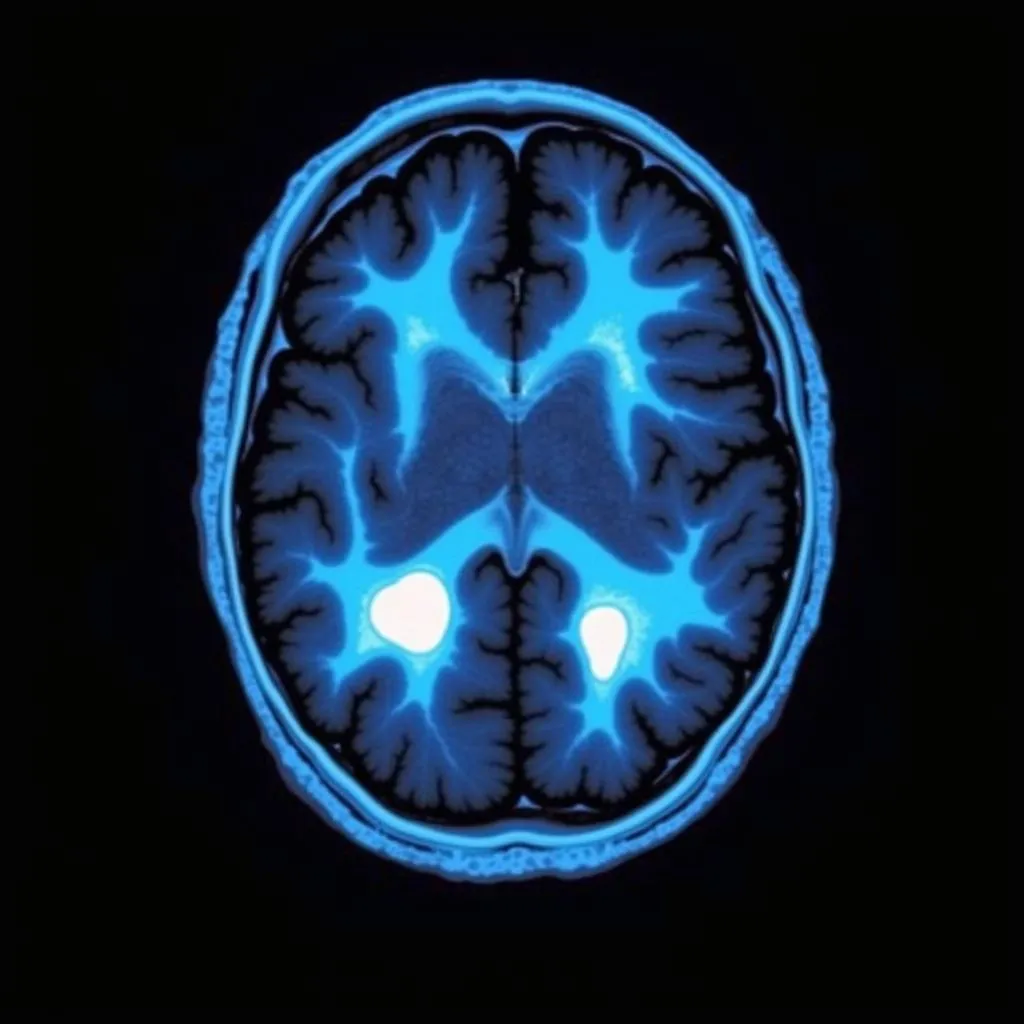Lucid Research delves into the fascinating realm of lucid dreaming, a state where individuals become aware they are dreaming while still asleep. This awareness opens up a world of possibilities, allowing dreamers to potentially influence their dreamscapes, address phobias, and even enhance creativity. But how much do we actually know about this state of heightened dream consciousness?
Unlocking the Mysteries of Lucid Dreaming: What is Lucid Research?
Lucid research encompasses a variety of scientific disciplines seeking to understand the biological, psychological, and even the potential therapeutic benefits of lucid dreaming. Researchers utilize various techniques, from brainwave monitoring to dream journaling, to gain a deeper understanding of this unique state of consciousness.
One fascinating area of study focuses on the neurological activity during lucid dreaming. Research suggests that the prefrontal cortex, the area of the brain associated with higher-level cognitive functions like self-awareness and decision-making, shows increased activity during lucid dreams compared to non-lucid dreams. This increased activity could explain the heightened sense of awareness and control experienced by lucid dreamers.
 Lucid Dreaming Brain Activity
Lucid Dreaming Brain Activity
Techniques and Applications: How is Lucid Research Conducted?
Lucid research employs a range of methodologies to study this elusive state. Some of the most common approaches include:
- Dream Journaling: This foundational practice encourages individuals to record their dreams upon waking, enhancing dream recall and promoting the recognition of dream signs, which are recurring themes or elements within an individual’s dreams that can be used as cues to become lucid.
- Wake-Back-to-Bed (WBTB): This technique involves waking up after several hours of sleep, staying awake for a short period while focusing on the intention to become lucid, and then returning to sleep.
- Mnemonic Induction of Lucid Dreams (MILD): This method combines intention setting with visualization techniques, encouraging individuals to mentally rehearse becoming lucid upon entering a dream.
- External Stimulation: Researchers have explored using external stimuli, such as light or sound, to trigger lucidity during sleep, particularly during REM sleep, the sleep stage most associated with vivid dreaming.
Beyond the Laboratory: The Potential Benefits of Lucid Dreaming
While lucid research continues to unravel the complexities of lucid dreaming, the potential applications extend beyond the confines of the laboratory.
“Lucid dreaming is more than just a fascinating phenomenon,” says Dr. Emily Carter, a leading researcher in the field of sleep and dreaming. “It holds immense potential for personal growth, creative exploration, and even therapeutic intervention.”
Some individuals utilize lucid dreaming to:
- Overcome Nightmares: By gaining control within the dreamscape, individuals can confront and potentially resolve recurring nightmares.
- Enhance Creativity: The limitless nature of the dream world offers a fertile ground for artists, writers, and musicians seeking inspiration.
- Improve Physical Skills: Athletes may practice and refine their skills within the lucid dream environment, potentially translating to real-world performance improvements.
- Address Phobias: Controlled exposure to feared stimuli within a lucid dream could provide a safe space for individuals to gradually overcome phobias.
FAQs: Your Questions About Lucid Research Answered
Can anyone learn to lucid dream?
While some individuals may experience lucid dreams spontaneously, research suggests that with practice and dedication, most people can increase their likelihood of having a lucid dream.
Is lucid dreaming safe?
For the majority of individuals, lucid dreaming is considered safe. However, it is essential to approach the practice with caution, particularly for individuals with pre-existing mental health conditions. Consultation with a healthcare professional is always recommended.
Delve Deeper into the World of Lucid Research
This exploration only scratches the surface of the vast and ever-evolving field of lucid research. To continue your journey into the fascinating world of conscious dreaming, explore these related articles:
- Hauptman Woodward Medical Research Institute: Learn about the groundbreaking work of the Hauptmann Woodward Medical Research Institute in the field of sleep and dream research.
- Which Researcher Believed that Dreams Simply Reflect: Discover different perspectives on the nature and purpose of dreams, including theories suggesting that dreams serve as a reflection of our waking lives.
- AP Research Topics Reddit: Engage with a community of individuals passionate about lucid dreaming and explore a range of research topics and discussions on Reddit.
Lucid research continues to illuminate the extraordinary potential of the human mind. As our understanding of this enigmatic state expands, we open ourselves to new possibilities for self-discovery, healing, and unlocking the hidden depths of our own consciousness.
For support and inquiries, contact us at Phone Number: 0904826292, Email: research@gmail.com or visit us at No. 31, Alley 142/7, P. Phú Viên, Bồ Đề, Long Biên, Hà Nội, Việt Nam. Our dedicated team is available 24/7 to assist you.